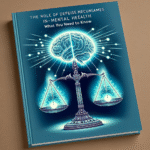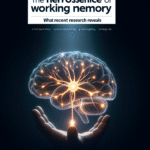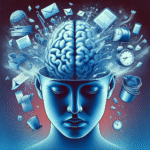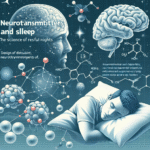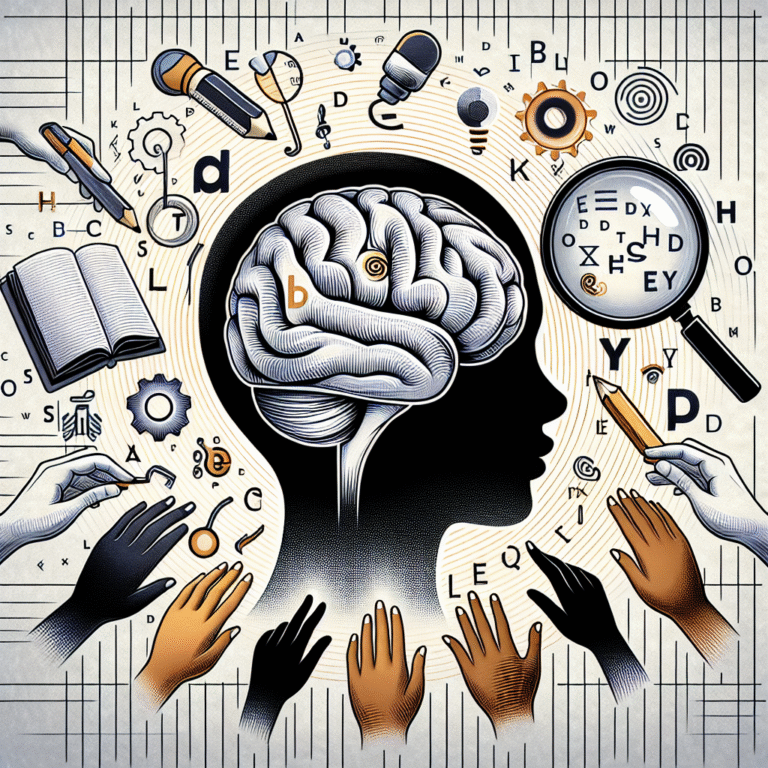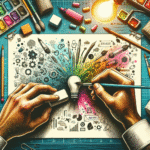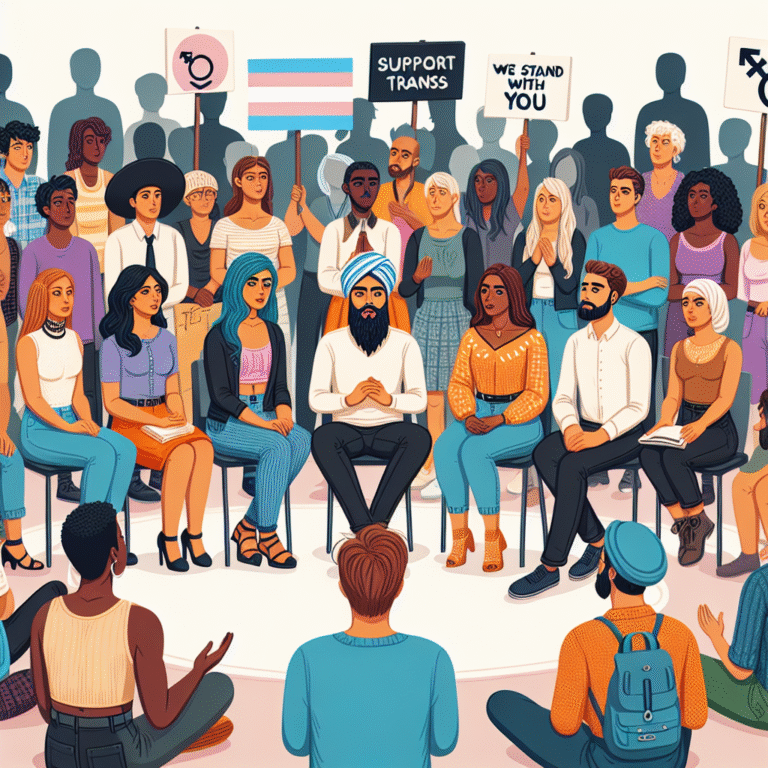The Language Gap: Exploring How Learning Disabilities Affect Communication Skills – The Ultimate Guide to Understanding and Overcoming Communication Challenges
Introduction
In a world driven by communication, the ability to express oneself effectively is paramount. Yet, millions of individuals struggle to bridge what is often referred to as the language gap—a gap shaped by various factors, including learning disabilities. This phenomenon can significantly affect how people engage with others, process information, and convey their feelings and thoughts. Understanding The Language Gap: Exploring How Learning Disabilities Affect Communication Skills is not merely an academic exercise; it’s a vital exploration of empathy, support, and empowerment.
Learning disabilities can cloud communication, creating barriers that impact personal relationships, educational experiences, and professional opportunities. However, within these challenges lie opportunities for growth, understanding, and connection. In this article, we will dive deep into the relationship between learning disabilities and communication skills, revealing unique insights, supported by case studies, data, and action steps for improvement.
Understanding Learning Disabilities
What Are Learning Disabilities?
Learning disabilities are neurological conditions that affect how individuals process and understand information. The most common types include dyslexia (difficulty with reading), dyscalculia (difficulty with math), and dysgraphia (difficulty with writing). These challenges can lead to profound implications for communication abilities, impacting one’s vocabulary, sentence structure, and overall coherence.
The Impact on Communication
Individuals with learning disabilities often face obstacles that may hinder their language development and communication skills. For example, they might struggle with understanding spoken language, following directions, or articulating thoughts clearly. In many cases, this results in frustration or a lack of confidence, leading to withdrawal from social interactions.
Case Study: Maria’s Journey
Maria, a 10-year-old girl with dyslexia, often found herself at a loss for words. Critical social cues and complex vocabulary eluded her, making classroom discussions overwhelming. However, her teacher, recognizing the importance of communication, began incorporating visual aids and interactive language games. Over time, Maria improved significantly, transforming her struggle into a newfound passion for storytelling.
Analysis of Maria’s Case
Maria’s case exemplifies that targeted interventions can help bridge the language gap created by learning disabilities. By adapting teaching solutions to her needs, Maria’s educational environment became more inclusive, showcasing the importance of tailored approaches in overcoming communication challenges.
The Language Gap in Different Contexts
Educational Settings
In educational settings, children with learning disabilities may struggle to keep pace with their peers. This discrepancy can lead to lower self-esteem and reluctance to participate in discussions. Teachers play a vital role in mitigating this effect through personalized learning strategies that cater to each student’s unique needs.
Statistics and Data
According to the National Center for Learning Disabilities, approximately 1 in 5 children in the United States has a learning disability. These findings underscore the prevalence of the language gap in schools and highlight the urgent need for effective communication strategies.
| Learning Disability | Percentage of Affected Children |
|---|---|
| Dyslexia | 70-80% |
| Dyscalculia | 5-7% |
| Dysgraphia | 5-20% |
| ADHD (as a co-occurring condition) | 30-50% |
Case Study: The Classroom Experience
Consider Michael, a high school student with dysgraphia, whose written communication was limited. His English teacher adopted a multi-modal teaching strategy, utilizing oral presentations and digital storytelling tools. As a result, Michael’s confidence surged, and he developed a voice in class, contributing meanings he once thought unreachable.
Analysis of Michael’s Case
Michael’s experience reveals the power of utilizing various communication methods to bridge the language gap. By adapting assessments and assignments to emphasize oral rather than written expression, students with learning disabilities can have equitable opportunities to demonstrate knowledge.
Social Interactions and Personal Relationships
Communication is essential in building relationships. However, for individuals with learning disabilities, social situations can evoke anxiety. Difficulty understanding idioms, sarcasm, or body language may lead to misunderstandings or feelings of isolation.
Case Study: Emily’s Challenge
Emily, a graduate student with a learning disability, often found it challenging to initiate conversations. Her peers often misinterpreted her silence as shyness, when in reality, she simply needed more time to formulate her thoughts. By joining a support group, she learned techniques to articulate her feelings more clearly.
Analysis of Emily’s Case
Emily’s situation illustrates how increased social support networks can significantly enhance communication skills. Group participation gives individuals a safe space to practice, emphasizing the importance of community in addressing the language gap.
Strategies for Improvement
1. Focus on Strengths
Encouraging individuals to leverage their strengths can empower them to overcome challenges. Understanding their unique learning style can also lead to personalized communication strategies.
2. Utilize Technology
Innovative tools, including speech-to-text software and language-learning applications, can facilitate communication for those with learning disabilities. These resources help users articulate their thoughts more easily, effectively narrowing the language gap.
3. Engage with Support Systems
Family, friends, and educators must foster open communication that emphasizes patience and understanding. Regular discussions surrounding learning disabilities can help demystify the struggles, build empathy, and encourage active engagement.
4. Promote Inclusive Policies
Educational institutions should implement inclusive policies that ensure equitable access to resources and support for students with learning disabilities. Training sessions for educators on recognizing and addressing the communication challenges these students face can also be beneficial.
Conclusion
Exploring the language gap related to learning disabilities is not just about identifying challenges; it’s about unlocking potential. By understanding the peculiarities of communication that these individuals experience, we can foster environments rich in empathy, support, and effective strategies.
The key takeaway is to view communication not merely as a skill but as a bridge to connection and understanding. Everyone has a story worth telling—it’s our responsibility to ensure that those stories can be heard.
FAQs
1. What are the most common learning disabilities that affect communication?
The most common learning disabilities include dyslexia, dyscalculia, and dysgraphia. Each impacts different aspects of communication, such as reading, writing, or processing spoken language.
2. How can parents support their children with learning disabilities in improving communication skills?
Parents can support their children by creating a nurturing environment that encourages open dialogue, utilizing visual learning aids, and exploring technology that assists in communication.
3. Can adults with learning disabilities improve their communication skills?
Yes, adults with learning disabilities can enhance their communication skills. Support groups, communication workshops, and self-paced learning resources can all contribute to skill development.
4. Why is early intervention important for children with learning disabilities?
Early intervention can significantly improve outcomes by providing tailored support that addresses communication challenges and enhances learning strategies from a young age.
5. How can educators create inclusive classrooms for students with learning disabilities?
Educators can create inclusive classrooms by adopting differentiated instruction techniques, using multi-sensory approaches, fostering peer support, and regularly assessing individual student needs.
By addressing the nuances of The Language Gap: Exploring How Learning Disabilities Affect Communication Skills, we open paths toward understanding and enhancing communication for all. If we approach communication as a shared human experience, everyone can participate in the conversation.
